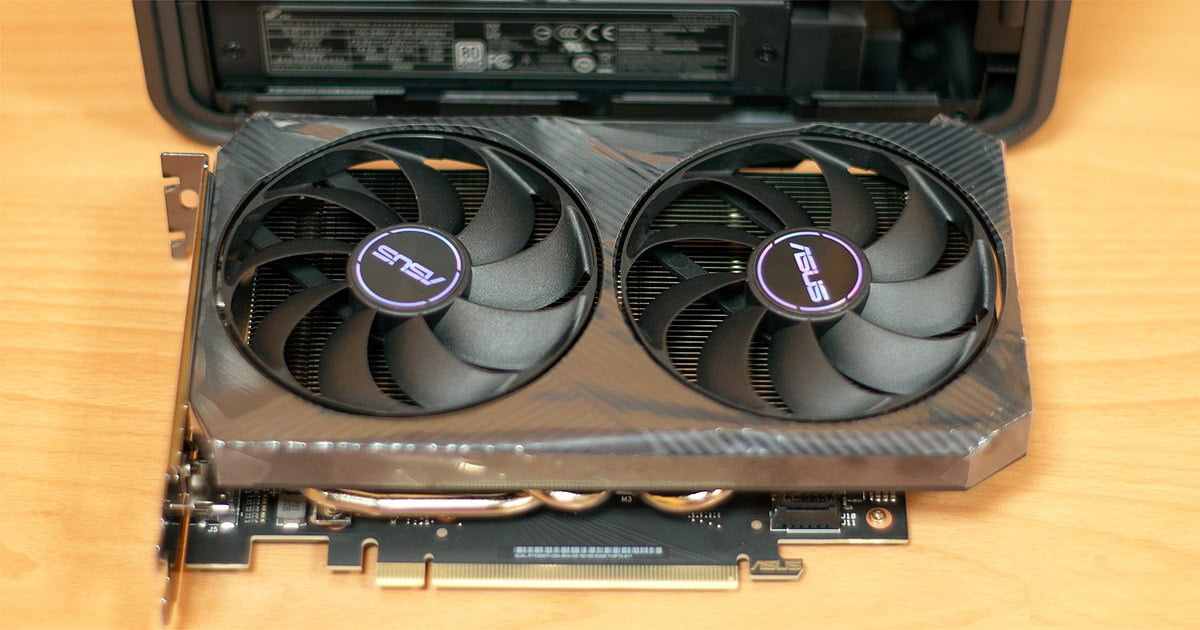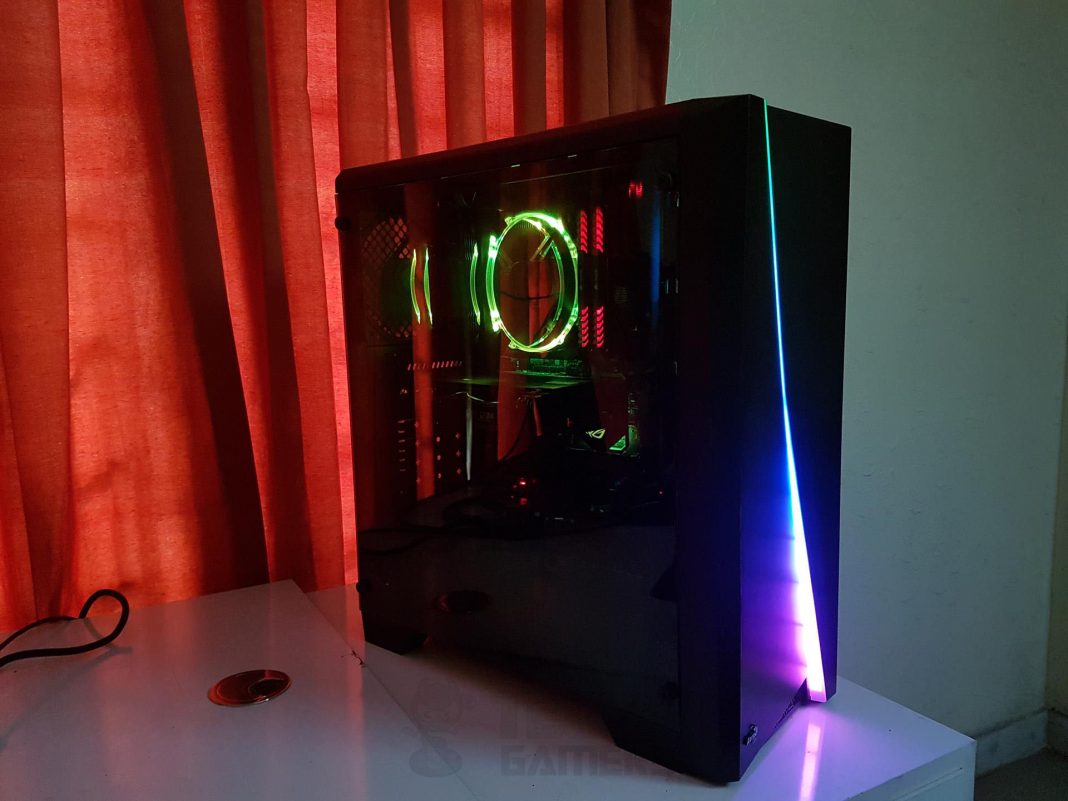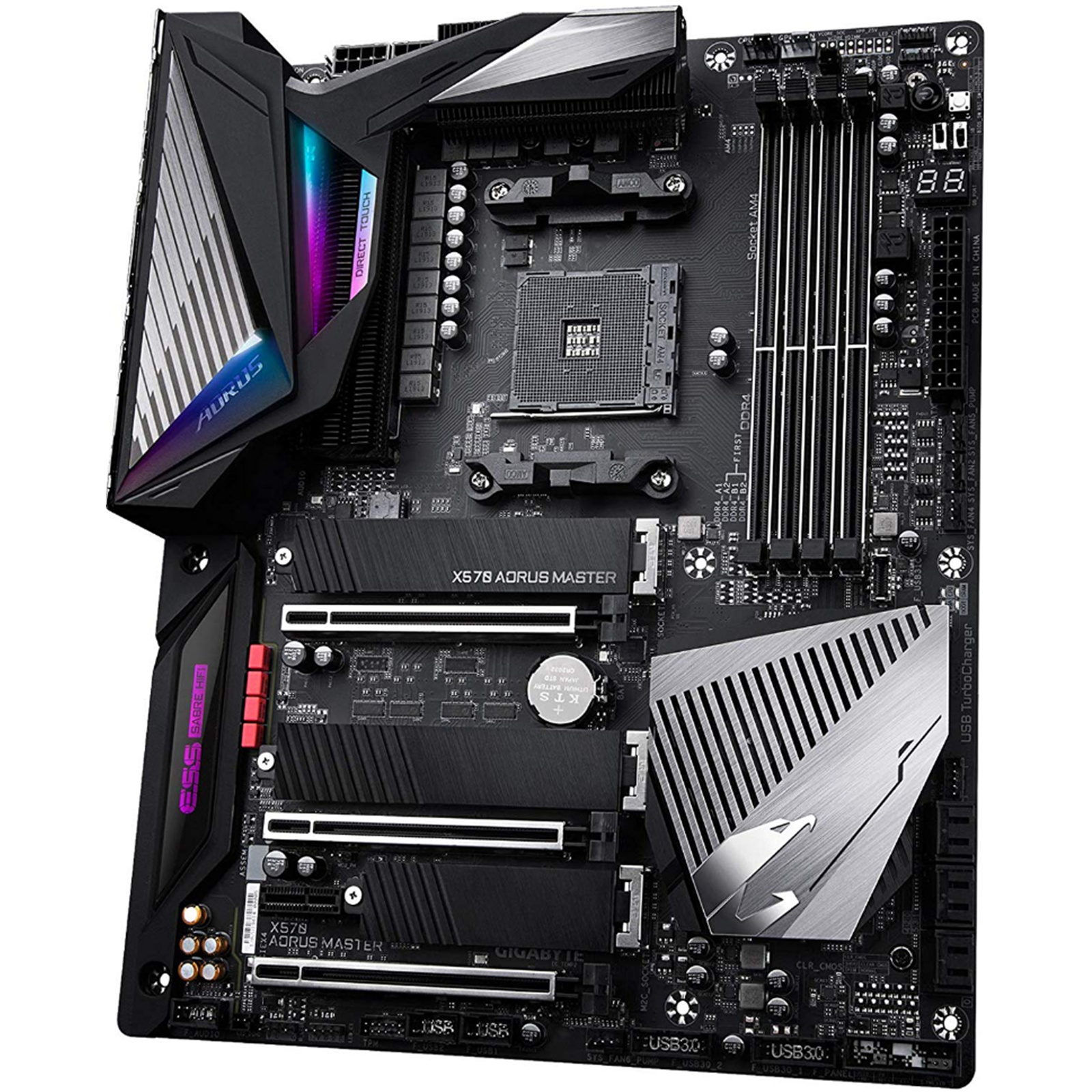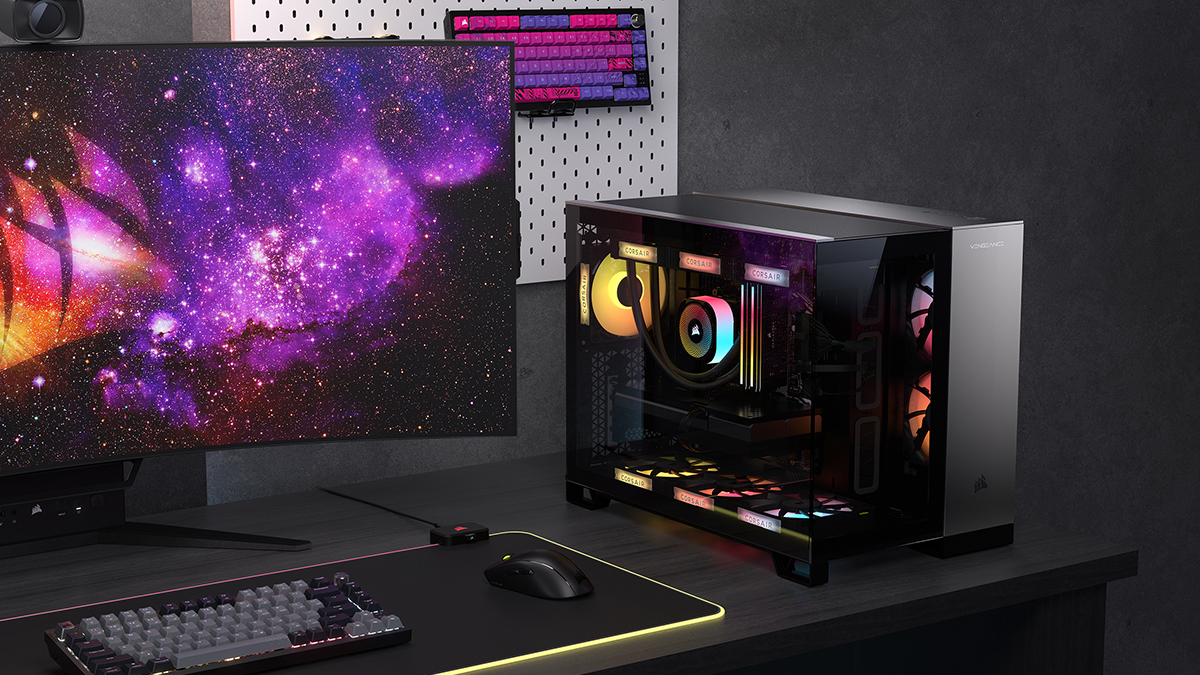Building a gaming PC is often an exciting but expensive project. With inflation rising everyday it is getting increasingly difficult to purchase new PC parts for your build. To combat this, I made the decision to use secondhand parts for my build. It was a bold move but was one that taught me a lot about hardware, budgeting, and the pros and cons of purchasing used parts. So, was it worth it? let’s dive right into what I’ve learned. When I set out to build my own gaming setup, I had a tight budget but clear goal in mind: creating a machine capable of running modern games smoothly without breaking the bank. To achieve this goal, I relied entirely on secondhand parts. I found an AMD Ryzen 5 5600X from a local shop which is a reliable mid-range processor. After much search I found a GeForce RTX 3060 Ti at a fair price. My motherboard was a used AMD X570, that supported my processor which I found for under half of its original cost, and I managed to pick two 8 GB DDR4 RAMs from my friend upgrading his build. For storage I opted for 500 GB SSD and a 1 TB HDD combo, which allowed me to balance loading speeds and capacity. For the power supply I used an unbranded 650-watt, a component I was very careful about because I knew how important stable power is. Lastly, I housed everything in a used but clean mid-tower case that I scored for practically nothing. Before buying though I carefully inspected each component making sure there were no obvious defects or performance issues. Once I gathered everything the rest was straightforward, however, I had to troubleshoot some problems, which to be fair is expected when dealing with used hardware. If you’re building a secondhand gaming PC there are some tips and tricks, I picked along the way that I think you should know. First research beforehand, know the parts that you want and the specs. It’s also a good idea to know the fair market price for that part to avoid overpaying. Parts bought secondhand may have no surety, but they last quite a while. Always test the parts before purchase make sure the part works as it should. When dealing with online purchase check for a return policy or buyer protection. While CPUs and GPUs can be safe bets never gamble with crucial components such as the PSU. A faulty power supply can damage your entire build. Compatibility is key make sure that your GPU and CPU work with your chosen motherboard. Lastly be cautious of overclocked parts. While some overclocking is fine, excessively overclocking a part can shorten its lifespan. So, the big question is, was it worth it? In my experience the answer is yes but with a few minor issues. The biggest advantage I had was the cost savings I managed to make my build with a lot less than what it would cost if I had gone all new parts. Apart from this I also had a strange satisfaction of giving old parts new life. Additionally, repurposing used parts also reduces electronic waste meaning a small win for the environment. On top of this I read an article on how to build a PC that helped me a lot in knowing PC components, troubleshooting and optimization. Despite all this there are still downsides to using secondhand parts, they come with no guarantees and there is always a chance that some part may fail sooner than expected. Looking for reliable secondhand components is also very time consuming as opposed to purchasing new parts.
Would I recommend secondhand builds? Yes, but only if you are willing to put in efforts and time. A secondhand build can be a fantastic way to get performance for budget conscious gamers without draining their wallet. However, in my experience it takes a bit of knowledge, planning and a bit of luck. Thank you! Please share your positive feedback. 🔋 How could we improve this post? Please Help us. 😔
The Build: Sourcing and Assembling Second-Hand Parts
Tips and Tricks for Buying Second-Hand PC Parts
Is a Second-Hand Build Worth the Effort?
Final Words
How I Used SecondHand Parts for My PC: Do I Recommend it?
Is making a secondhand build worth it?
Story Highlights
Was our article helpful? 👨💻
 Join Our Community
Join Our Community
Still having issues? Join the Tech4Gamers Forum for expert help and community support!


 Threads
Threads





